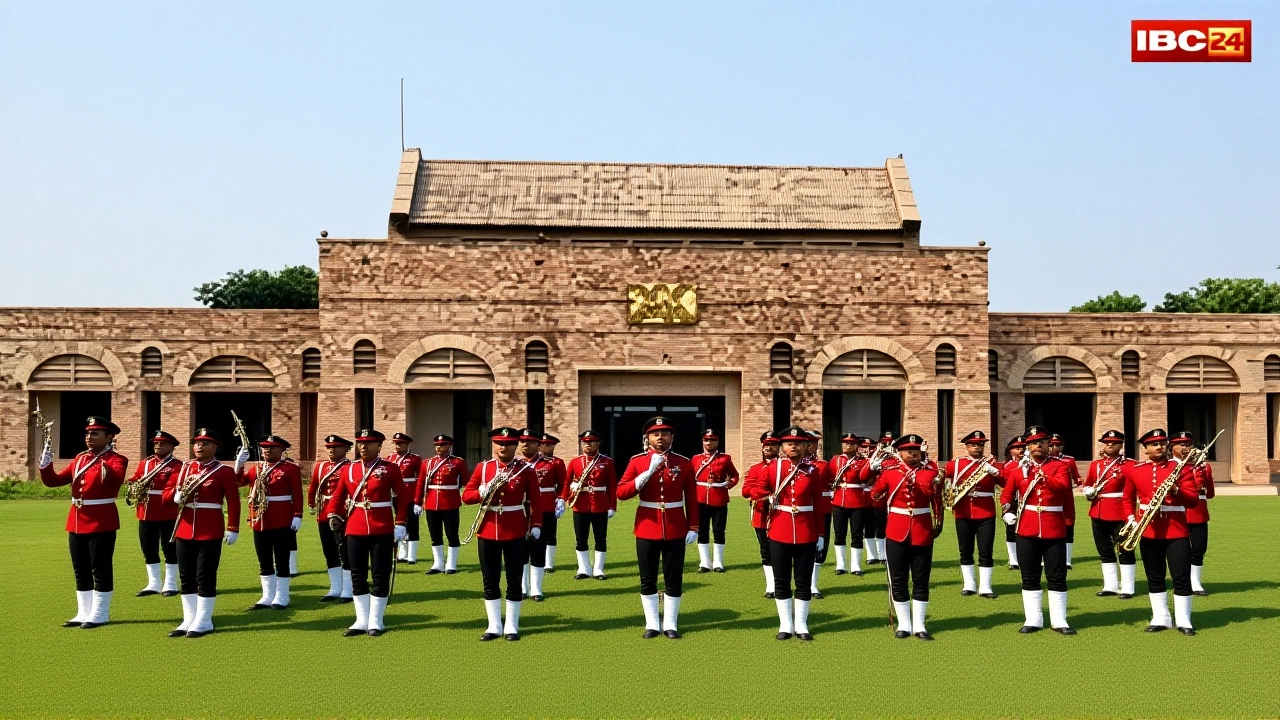Protest: What It Means, Why It Happens, and Its Real‑World Impact
When we talk about protest, a public act that shows disagreement with policies, decisions, or conditions. Also known as demonstration, it usually involves a group of people gathering to voice a shared demand. A protest can be a peaceful march, a sit‑in, or a flash mob, but the core idea stays the same: people want to be heard. Activism, the sustained effort to promote, impede, or direct social or political change. fuels most protests, turning a single grievance into a collective movement. In other words, protest encompasses demonstration, while activism provides the engine that keeps it moving forward.
How Civil Unrest and Police Response Shape the Story
When a protest grows large or confrontational, it can spill over into civil unrest, a condition where public order breaks down due to intense dissatisfaction. This escalation isn’t inevitable, but history shows that unchecked frustration often leads to broader disorder. On the flip side, the way authorities react—what we call police response, the set of actions law‑enforcement takes during public demonstrations. can either calm a crowd or fuel further resistance. A measured response tends to de‑escalate tension, while heavy‑handed tactics may amplify the original grievance, influencing the protest’s trajectory and public perception.
These relationships form a simple chain: activism drives protest, protest can lead to civil unrest, and police response can alter the outcome. Understanding this chain helps you read any news story about a march, a sit‑in, or a clash with authorities. It also explains why a price hike on a popular SUV, like the Mahindra Scorpio’s shift to BS6 standards, sparked online debate and occasional street rallies—people were reacting to perceived unfairness, a classic protest trigger.
Below, you’ll find a mix of stories that illustrate how protests appear in different contexts—whether on a movie set where a car becomes a prop or set piece, in the automotive market when new emission rules shake prices, or in entertainment news when an actor’s injury sparks fan outcry. Each post shows a facet of the protest dynamic, giving you practical examples of the concepts discussed above. Dive in to see how the theory plays out in real‑world scenarios.
Posted By Larsen Beaumont On 14 Oct 2025 Comments (0)
Gwalior police deploy 3,000 troops amid Ambedkar statue protest
Gwalior police invoke Section 163, deploying 3,000 troops and 30 checkpoints to curb a planned Ambedkar statue protest on Oct 15, 2025.
READ MORE